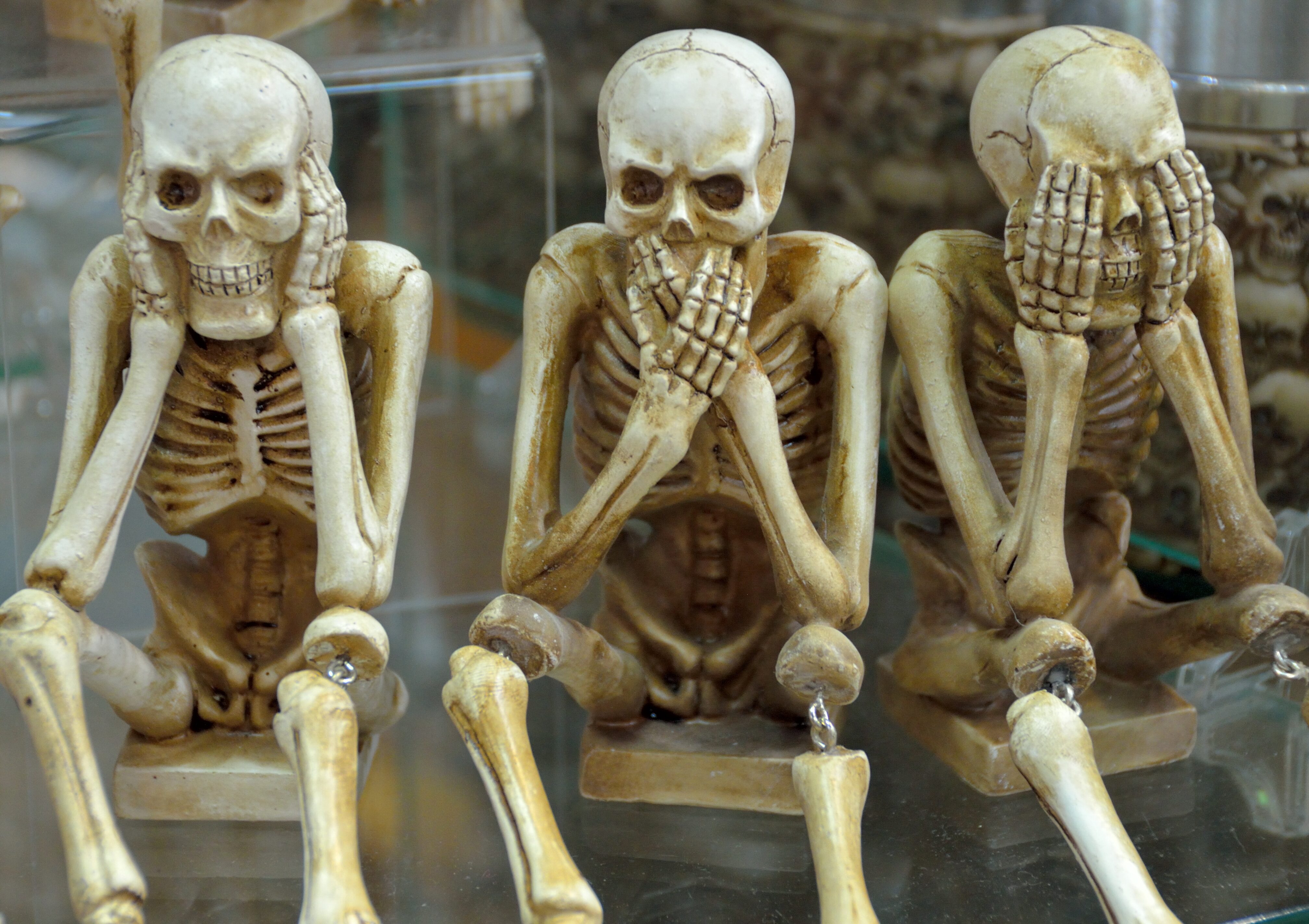One of the most striking features of our cultural moment is how thoroughly gender ideology has seeped into institutions charged with safeguarding the public good. Universities, medical associations, school districts, and corporations have all been reshaped by DEI frameworks that treat gender identity as a sacred category beyond scrutiny. But the recent whistleblower report from inside the National Security Agency (NSA), published by City Journal, reveals something even more troubling: this same ideology has taken root within our intelligence community—an arena where ideological capture is not merely misguided, but dangerous.
According to the whistleblower, a “very small number” of transgender-identified employees and activists inside the NSA wield outsized power, effectively steering workplace culture, intimidating dissenters, and introducing radical ideological commitments into the agency’s operational environment. This is not simply about workplace inclusion. It is about an activist minority leveraging institutional mechanisms to impose a worldview on the nation’s top intelligence analysts.
As the whistleblower puts it:
“There is a very small number of them, but they wield an enormous amount of power. And outside of the sick stuff, you also see a prevalent Marxist philosophy going on with these people in their chat rooms. They hate capitalism. They hate Christians. They’re always espousing socialist and Marxist beliefs.”
This hatred of Christians is not a vague dislike of religion in general. It is a targeted hostility toward those who still hold to Christianity’s historic teaching that human beings are created male and female, and that Jesus Himself affirmed the creational design of marriage as one man and one woman (Gen. 1:27; Matt. 19:4). In other words, their contempt is aimed precisely at those who uphold the biblical anthropology that gender ideology seeks to overthrow.
The whistleblower recounts that when ordinary analysts raised concerns—reminding coworkers that the agency’s mission is to protect the United States and identify adversaries—they were met with instant denunciation:
“They just got hammered. They would just start coming out with ‘transphobe’ and ‘homophobe’ right away or calling you a ‘racist.’ And that’s why a lot of folks are still hesitant to say anything, because you still have people at these agencies in those key spots. It infected everything.”
This is precisely how ideological capture works: not by persuading the majority, but by ensuring that dissent is costly. When the enforcement mechanism is social punishment, accusations of bigotry, or professional marginalization, most people keep their heads down. And in a place like the NSA—where people can lose clearances or career prospects for being viewed as “hostile” to DEI priorities—silence becomes the only safe strategy.
The theological undertone here cannot be ignored. When an ideology that denies the givenness of the body also breeds contempt for those who affirm the God-given meaning of the body, the conflict is not merely cultural—it is spiritual. What the whistleblower describes is a workplace atmosphere where those who hold to Christian teaching on creation, marriage, and sexual morality are treated not as colleagues, but as enemies.
The implications are sobering. Intelligence agencies depend on clarity, objectivity, and moral seriousness. An environment where analysts fear speaking honestly, or where ideological activists dominate key positions, is an environment where national security itself becomes compromised.
What this whistleblower describes is not an isolated phenomenon. It is part of a larger pattern: elite institutions across the country now treat gender ideology as a non-negotiable orthodoxy, and they enforce it with missionary zeal. When even intelligence agencies are reshaped by activists who “hate capitalism” and openly disdain Christians, we are no longer dealing with neutral bureaucracies. We are witnessing the politicization of institutions that were never meant to be political.
Defend God’s Good Creation

